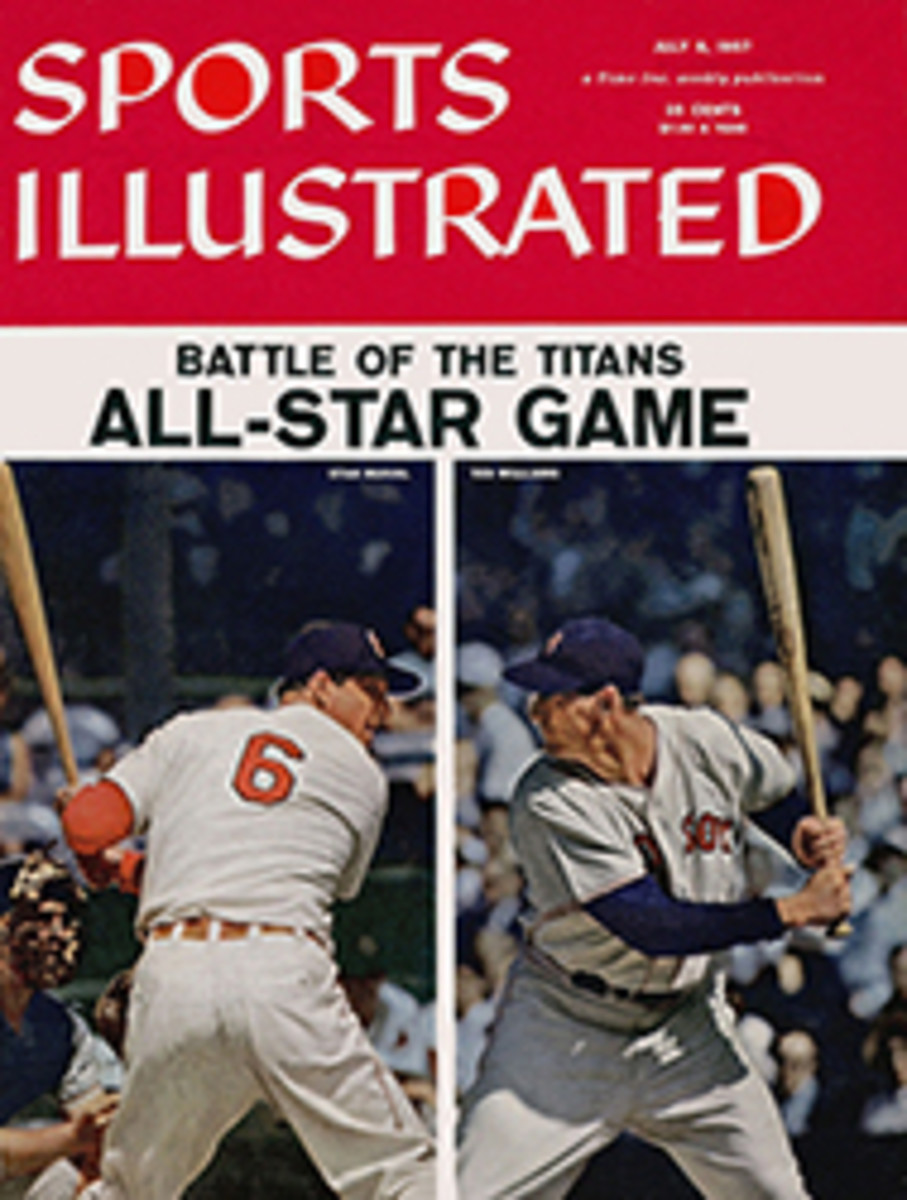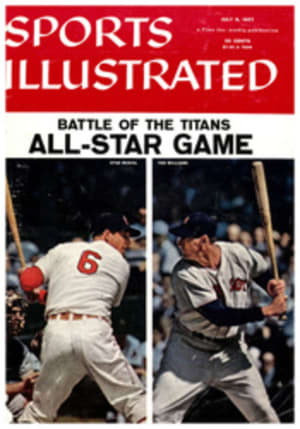
A BOYCOTT THAT BACKFIRED
Run under a cloudless Italian sky, the Monza "500" turned out to be an exceptional event in which all competing cars exceeded by at least 20 mph the highest speed ever attained at Indianapolis. This also beat by a very long way the highest speeds reached at Monza before.
Records vanished like Chianti in the hot sun. In trials Tony Bettenhausen drove his Novi Special—with a supercharged V-8 engine—at 177.046 mph round one lap, and in the race its winner, Jim Bryan, also covered a lap at 175.737 mph, as against the Indianapolis lap record of 144 mph.
Scotland's plucky Jaguars, who alone among Europeans had dared stand up to the Americans (SI, June 24), also beat the Indianapolis record by some 20 miles as they finished fourth, fifth and sixth.
Before the race Jaguar Owner David Murray had said: "It's all against the rules for sports cars to run against track racers. But we aren't a firm of European car makers. We are the Ecurie Ecosse, a sporting organization. So we had to come here, didn't we?"
Americans didn't have Jaguar's problem. With their bigger tires (20 inches against Jaguar's 16) their driving style was at first completely different. They dove into a bend at a high speed, which carried them up toward the top of the bank, then they slackened. As the car lost speed it brought them down to the middle of the bank, thus avoiding the dreaded rough flattening-out portion at the bank's end where, according to Firestone's engineer, jovial Walter E. Lyon, a car tends to "walk away." With an adaptability and versatility that astounded the Europeans, the Americans in a few rounds learned to take bends faster (and therefore higher, closer to top). It was mastery of this new art as well as his own disciplined self-pacing that carried Jim Bryan to victory. He held himself in check at the right moments, drawing from crowd and experts the ultimate compliment: comparison with Juan Manuel Fangio.
Pat O'Connor's blue No. 12 Sumar Special took over the lead when Bettenhausen dropped out with suspension trouble. But by the 11th Jim Bryan was racing O'Connor wheel to wheel. The contest thrilled the crowds (more accustomed to the snakier, longer-distanced spacing in Formula One racing) which found the jumble of cars in the lead an exhilarating novelty. One man was heard to exclaim: "What excitement! It's time we saw some new racing methods. It's good the Americans are here."
Bryan finished the first of the three 63-lap rounds two and six-tenths seconds ahead of O'Connor.
The second round produced a desperate duel between O'Connor and Eddie Sachs, which ended with both drivers going to the pits. Bryan drove a more thoughtful race and again emerged the winner.
Now comfortably in the lead in the over-all classification, Bryan drove cautiously in the final round and let O'Connor, who had repaired his car, drive away from him with Troy Ruttman in close contention. Bryan's care paid good dividends when O'Connor retired from the race with a damaged gas tank. Bryan let Ruttman win the third round and secure second place in the over-all classification.
Bryan, who takes home $26,801 in prize money, smoked three cigars during the race. Afterward, he said: "This race was something. We finally got a look at a European track, and they've seen how fast we can run."
Next morning, the Italian press was quick to praise. Il Giorno wrote: "Yesterday's 500 Miles has demonstrated with its intelligent formula where racing's future lies. It will become the classical form of racing."
Firestone's engineer Lyon had also learned something: "For Indianapolis we built a tire to drive through corners at 134 mph in a controlled drift so that the whole car slides. At Monza the problem is quite different. Instead of a controlled drift, the weight of the car on the tire is suddenly doubled as the car comes on to the bend. The tire wall has to take twice the normal load. At the same time it must be thin enough to disperse the heat that builds up from extreme speeds."
PHOTO
THE UNPRECEDENTEDLY STEEP BANKING PERMITTED NEW TRACK RECORD SPEEDS AT MONZA

